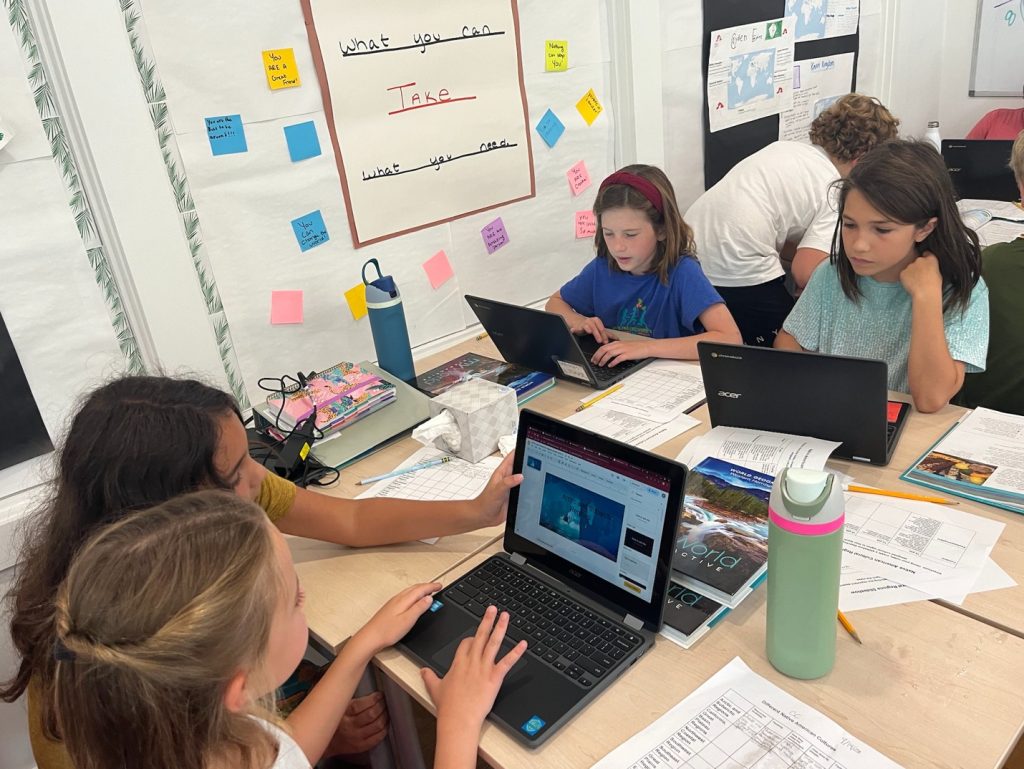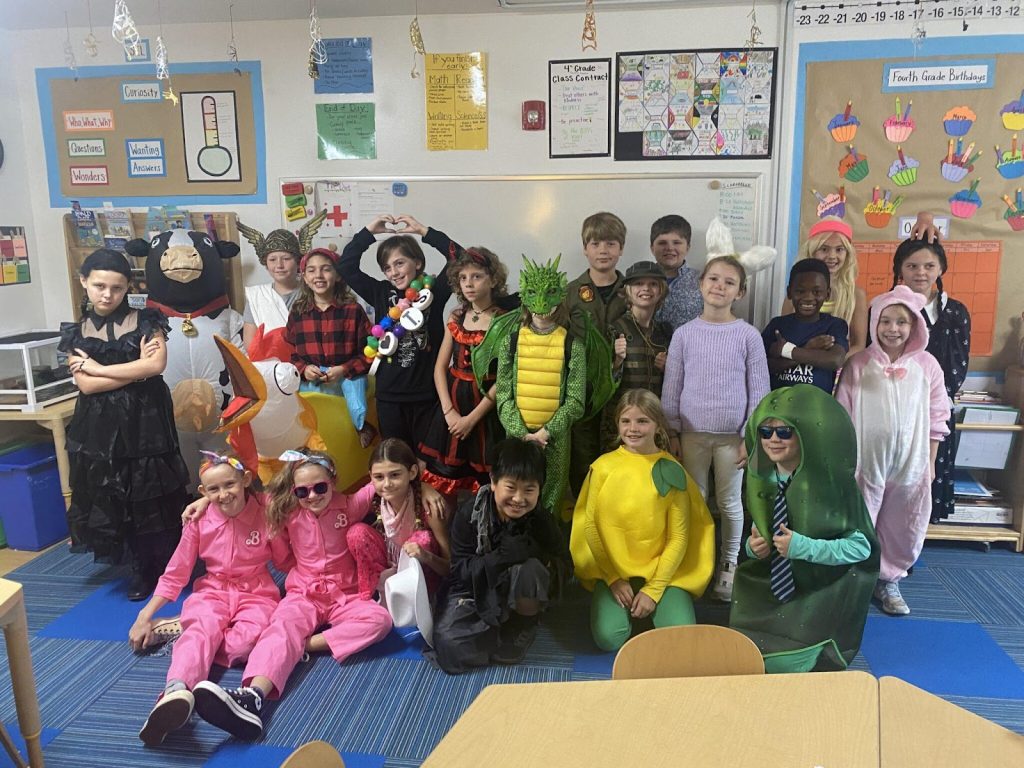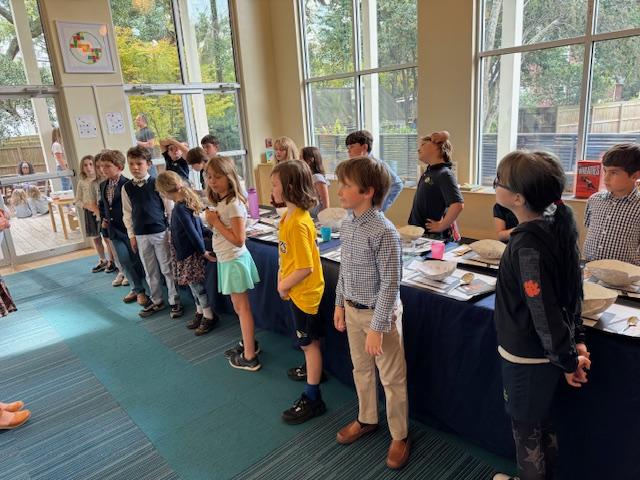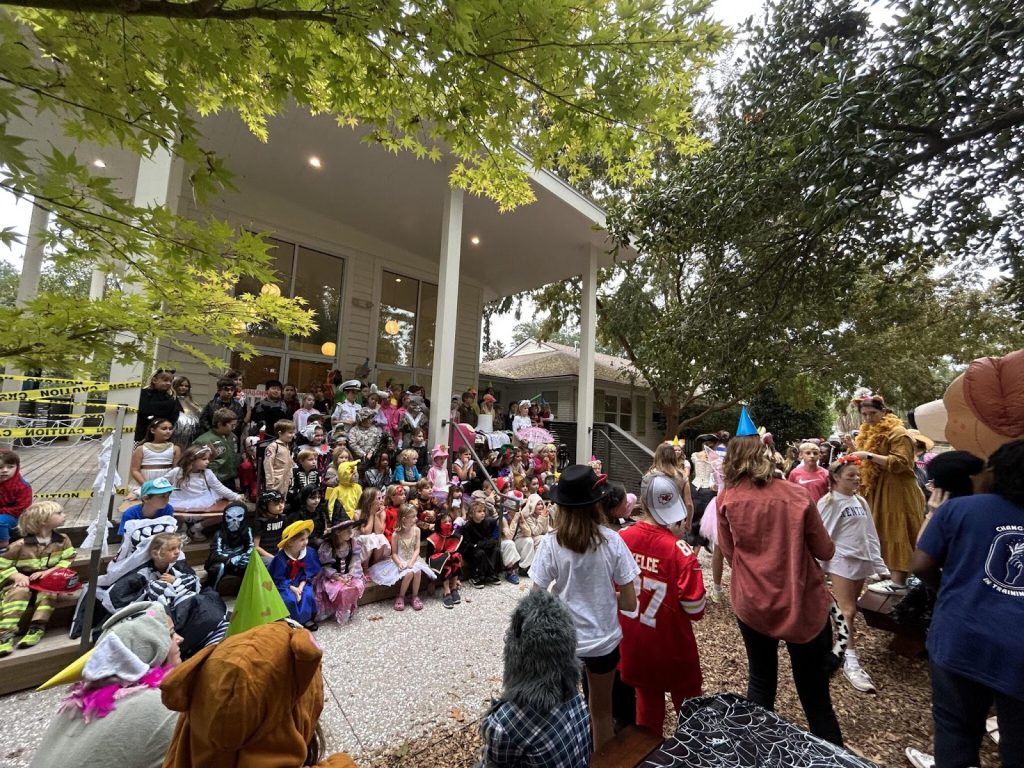
As we progress into the school year, it is easy to get overwhelmed and forget the essentials for success! At the beginning of the school year, we were sure to keep organized and follow routines, however, as we move on with content and the students are being challenged in the classroom, it is easy to forget all the skills that we mastered at the beginning of the year to ensure success all year long. Let’s remember some of the skills we have learned so far:
Agenda: Are you using your agenda to keep track of assignments and assessments in each of your classes? Using the agenda as a way to recall the information taught is also a good idea! For classes that do not give homework, it is a good idea to add a bullet point explanation of the topic for the day in placement for the homework!
Lockers: Are you using the locker to best benefit you? Carrying all of your materials to each of the classes can be heavy and cause stress! Be sure to break down your materials and utilize your lockers. Students should take all materials that they will need for their first two classes with them before break, and materials for their second two classes after break!
Binders: Be sure you are using the binder to help keep you organized! The binder is separated by subject in order to keep you organized for each of your classes. A binder was selected by the middle school teachers to help limit the amount of paper being pushed into the bottom of backpacks, and instead have a singular place to neatly store papers from all of your classes.
Personal Time: Be sure not to let the workload take up the entirety of your time. Pace yourself and allow yourself some “you” time! If you are starting to feel anxious or stressed over an assignment, take a mental break! Mental health is important when succeeding in academics.
Let’s continue to strive for a great school year throughout the rest of September and the months to come!
-Kevin Werner
Here’s a look at what is happening in each of the classes:
What’s going on in Science?
Fifth graders explored how landforms are made this week! Using a slope table, they created their own mountain ranges and experimented with water’s impact on the material, both through erosion and deposition. They learned about other landforms such as deltas and sand dunes. The fifth graders also contemplated how epic landscapes are formed, such as the Grand Canyon. Next week, they will learn about natural and unnatural resources, and ways they can help reduce their carbon footprint.
What’s happening in Math?
This week, students explored fractions as parts of a whole, fractions as division problems, and learned how to interchange multiplication and division to assist them with fractions. They investigated these concepts through splitting things like sandwiches among friends to see how much sandwich each friend gets!
Next week, students will learn more about multiplying whole numbers by unit fractions and fractions, and then extend that knowledge into finding the areas of rectangles with fractional side lengths.
What’s happening in ELA?
This week in ELA, 5th grade wrapped up deep studies of fictional characters and their connections to literary themes. Across book club novels, students took careful notes and collaborated with one another to arrive at a conclusion on their novel’s central theme or message. We also drew comparisons between picture books and novels that offered variations on the same themes.
Next week, 5th graders will transition into their first writing unit! They will begin with the art of writing a personal narrative–starting with ideation of powerful stories and selecting memories that carry the most meaning. 5th grade will also begin their first vocabulary unit– parents, be on the lookout for new Vocabulary Workshop workbooks and weekly Friday assessment grades.
What’s happening in Social Studies?
This week, the students began to dive into the history of the United States and Canada. We started the content off with a jigsaw activity to introduce the different Native American cultural regions. We then began to shift into colonization of these two regions of North America.
Student’s will begin next week by mapping the different European colonization sites before reading and analyzing the requirements of building a nation. Students will move into the modern day United States and Canada before assessing the unit through a mind map.
Important Dates:
Saturday, September 23rd- Charleston Battery Family Fun Night
Monday-Tuesday, October 9-10 Fall Break









